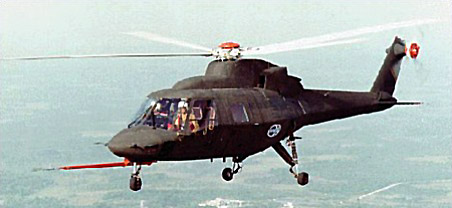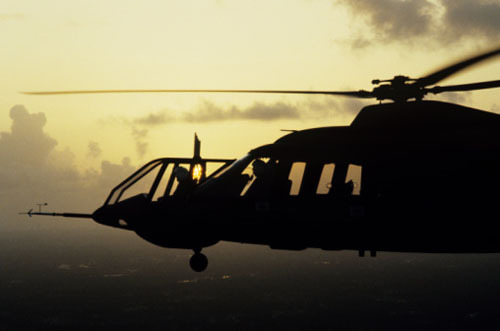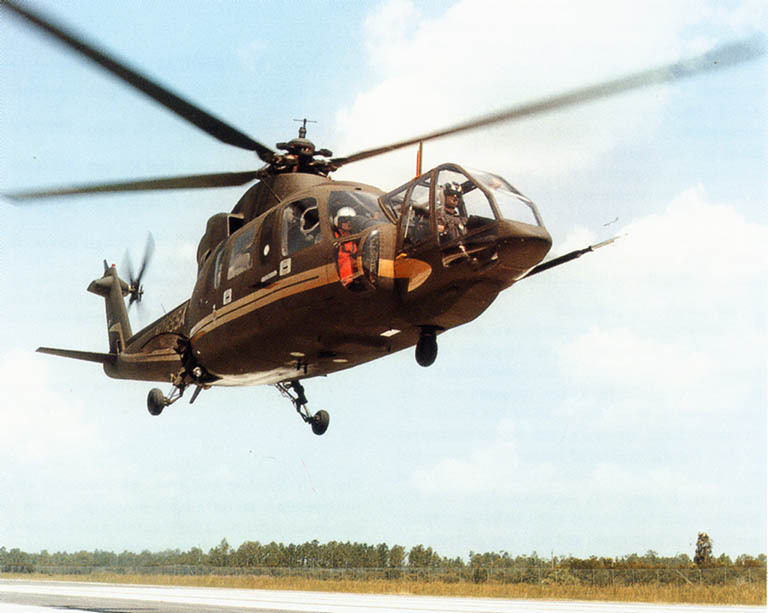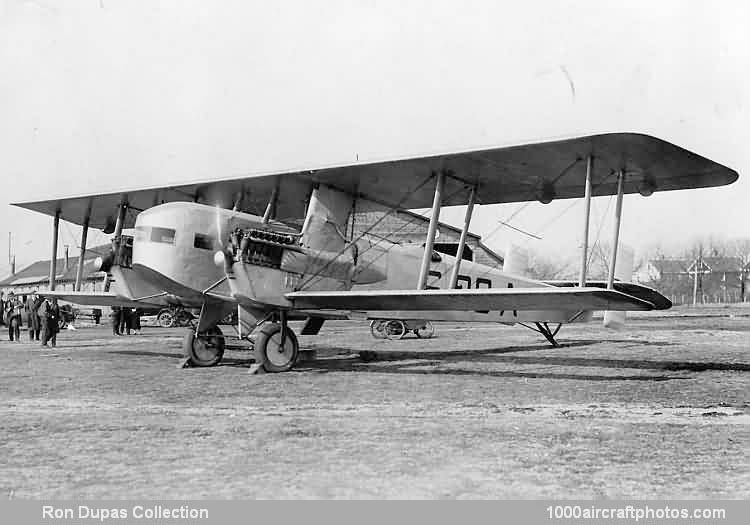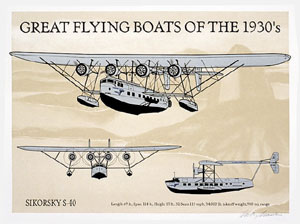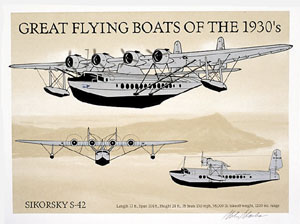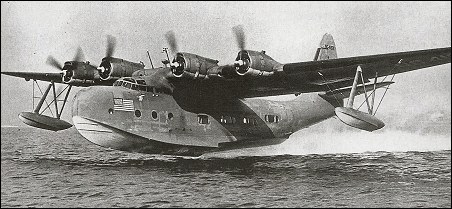Igor Sikorsky and the helicopter: Happy birthday today ?
The Aircraft genius at work:
Heard on the radio today that it was the anniversary of Sikorsky's first successful helicopter flight. I've had a look at this extraordinary gentleman's history, and the history of the helicopter in general

The Russian-born scientist, engineer, pilot and entrepreneur made fixed and rotary wing aviation history with a mix of genius, determination and humanity. An established Russian aviation pioneer, arrived in New York or March 1919. His passport revealed he entered America to "construct aircraft". He made several attempts to re-enter aviation in his new country without success.
Airplanes and engines built for World War I were available at extremely low prices and aviation was described to him by some as a "dying industry". Soon his money was running out and he resorted to teaching Russian immigrants mathematics; later, astronomy and aviation lessons were included.
He also started to lecture to various groups which brought him in contact with people who shared his enthusiasm for aviation and convinced him to start his own aeronautical enterprise. March 5,1923, saw the creation of the Sikorsky Aero Engineering Corporation.
The company was dedicated to building the S-29A (Sikorsky type 29, America) and was based at fellow immigrant Victor Utgoff s farm near Roosevelt Field on Long Island, N.Y.
One biographer summarized that Igor Sikorsky had three careers in aviation:
- Constructing and flying fixed-wing aircraft in Russia,
- Constructing and flying fixed wing aircraft , including seaplanes in America,
- and helicopters, actually his first love.
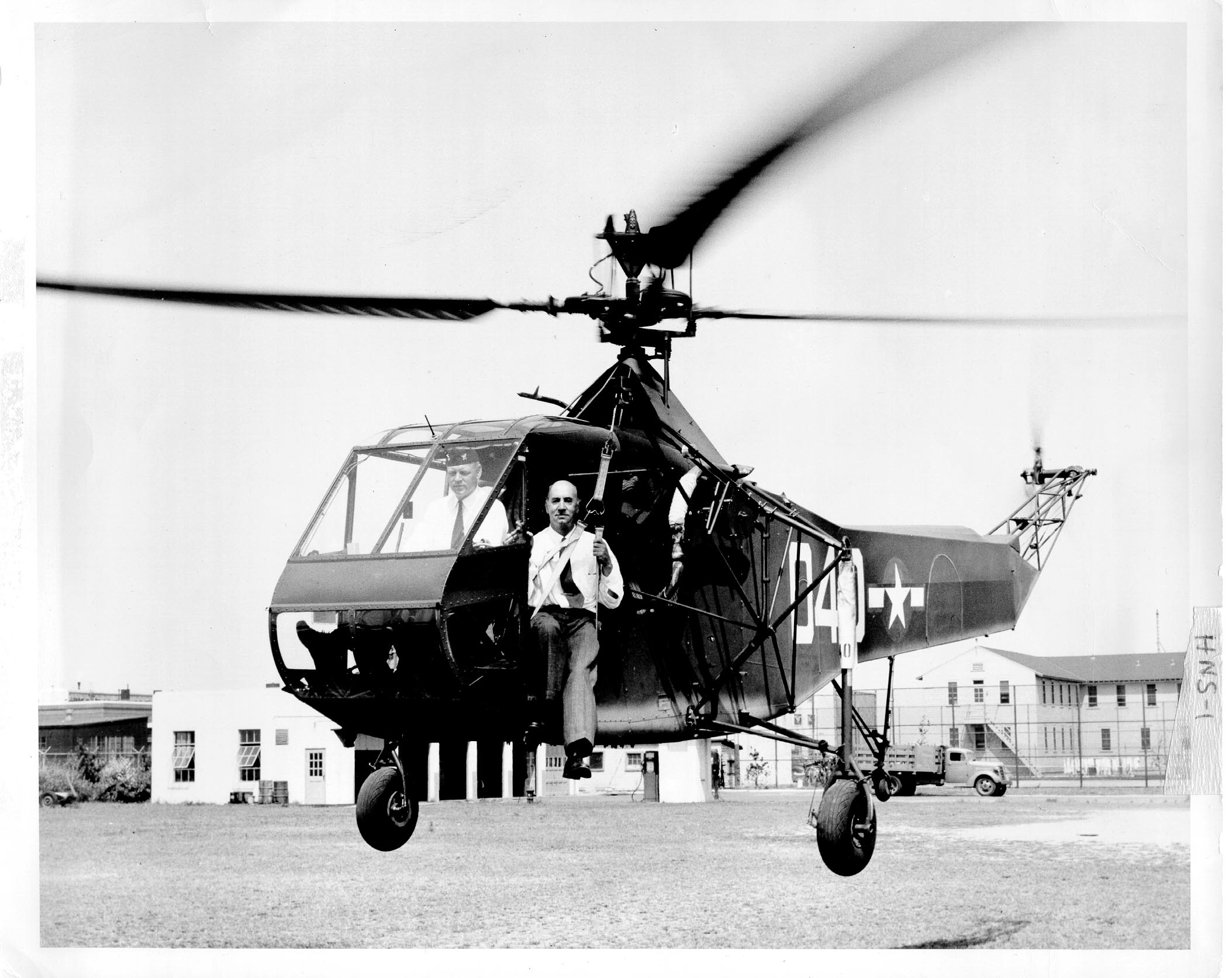
He was fascinated by science in general, and in many ways was a classical philosopher. It has been said that he was initially inspired by a Jules Verne novel as a very young boy
He passed away peacefully in his sleep in 1972 at the age of 83 after putting in a typical day at his office at Sikorsky Aircraft. Sikorsky Aircraft has a proud and rich history of aircraft design and construction dating to the early part of the last century, making it one of America's pioneering aerospace companies.
A list of Sikorsky's firsts:
In Russia:
1909 H-1, Constructed his First helicopter "This machine was a failure to the extent that it could not fly. In other respects it was a very important and necessary stepping stone."
1910 S-2, Igor Sikorsky Flew for the First time
1911 S-5, Igor's First pilot license issued from the Imperial Aero Club of Russia
1912 S-6A won First place in the Moscow Aircraft Competition, pilot Igor Sikorsky
1913 S-9 First monocoque fuselage constructed in Russia
1913 S-10 establish a Russian Aviation Record flying 500 kilometers in 4 hrs and 56 min
1913 S-12 First Russian aircraft capable of a loop
1913 S-12 Established a Russian Altitude Record of 3,680m
1913 Igor Sikorsky flew the S-21 "Grand" the World's First successful four-engine plane
1913 S-21 set a World's Record for duration and literally set one World's Record after another for a four-engine plane with each fligh
1913 S-10 & S-11 won First and Second place in the Petrograd Military Competition
1914 S-27 set two World Records for payload and flight duration
1914 S-27 with pontoons was the largest seaplane built in the World
1916 S-27G with 880 horsepower was the largest plane produced in the World
LAUNCHING THE FLYING-BOAT IN THE US
1923 Igor founded Sikorsky Aero Engineering Corporation
1924 S-29A First twin-engine airplane capable of flying on one engine and First all metal aircraft
1925 S-29A World's First airplane to broadcast a radio musical program in-flight
1926 S-29A World's First airplane to show a motion picture in-flight
1929 S-37 First airplane to fly over the Andes Mountains
1929 S-38 Used in pioneering Central and South American air routes by Pan American Airways
1929 S-38 Piloted by Charles Lindbergh inaugurated air mail service between the US and Panama
1931 S-40 "American Clipper" was the Worlds largest airliner produced
1934 S-42 First production aircraft with wing flaps: allowed high flight speeds and low landing speeds.
1934 S-42 Established ten World Records, of which eight were set on one flight. This flight of August 1st vaulted the United States into First place holder of World Aviation Records
1935 S-42 First transoceanic air service, flying the first airmail from Honolulu to the mainland.
1937 S-42 made the First regular airline crossing of the North Atlantic Ocean and pioneered the transpacific route to Asia
1936 S-43 Established four World Altitude Records
1937 S-44 (XPBS-1) long range bomber first flown August 13, 1937. It had a max range of 4,000 miles and superior performance but lost out to a lower cost competitor.
1942 VS-44 Civilian version of the S-44 first flew in January 1942. It was the wold's longest range commercial aircraft and the only aircraft to have flown commercial scheduled non-stop across the north and south Atlantic. This was the last fixed wing aircraft built by Sikorsky.











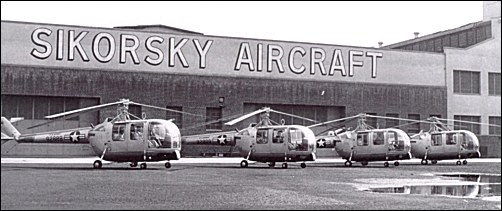









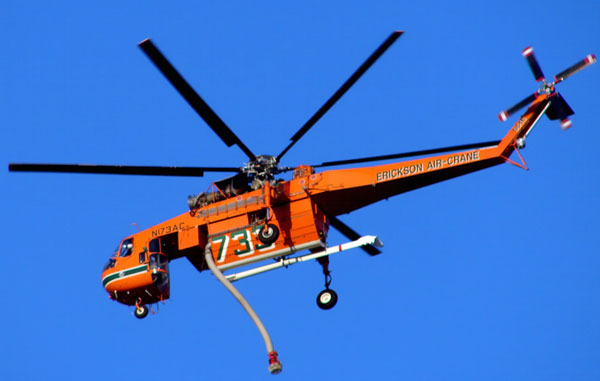

_15_conducts_a_mine_sweeping_exercise.jpg)

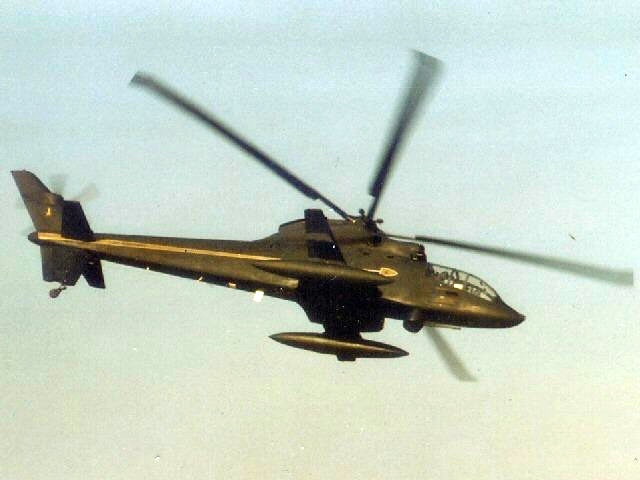

.jpg/1024px-US_Navy_050623-N-2468S-007_An_Australian_Army_S70A-9_Black_Hawk_helicopter_lands_on_the_flight_deck_aboard_USS_Blue_Ridge_(LCC_19).jpg)

.jpg)


